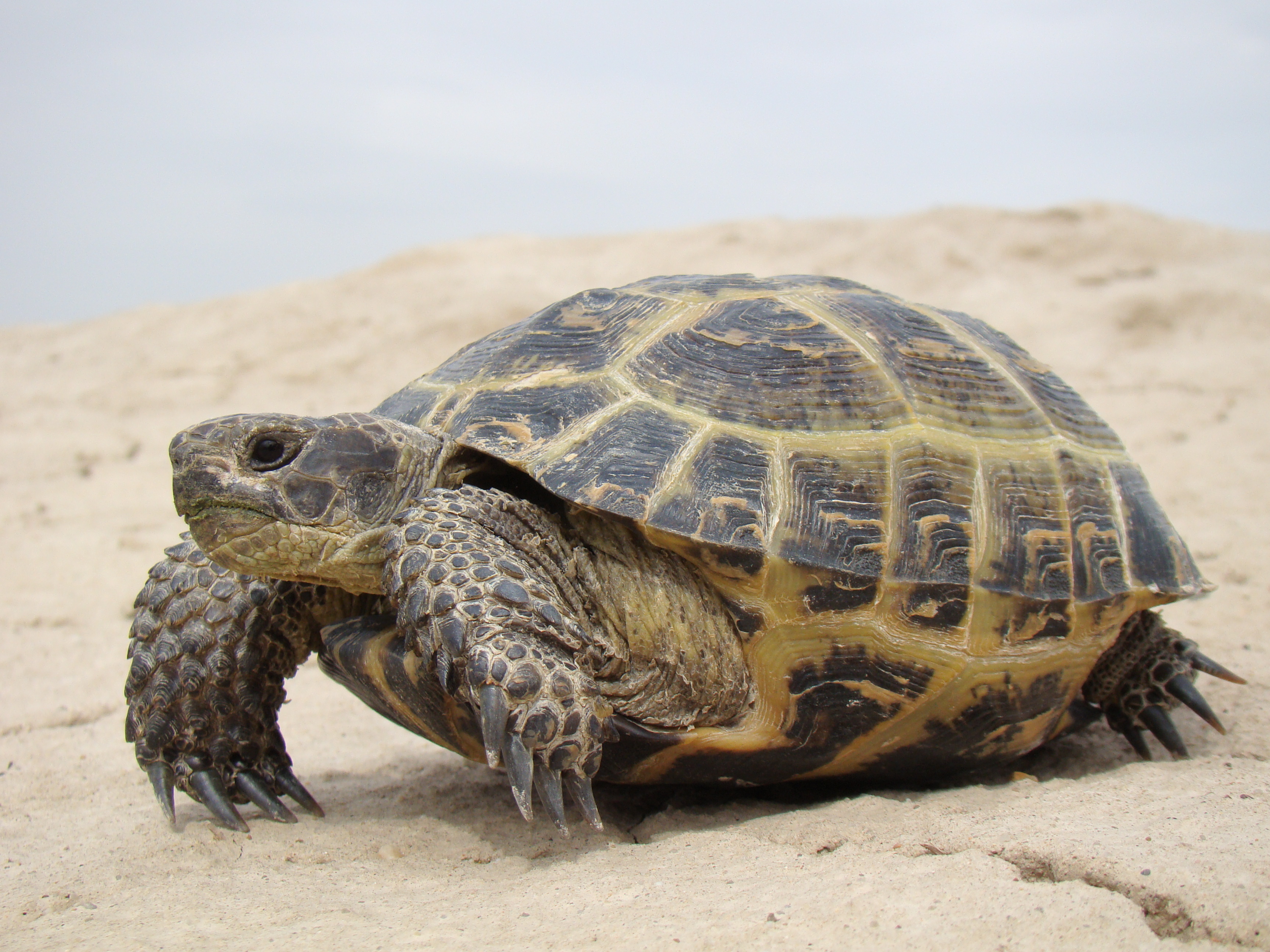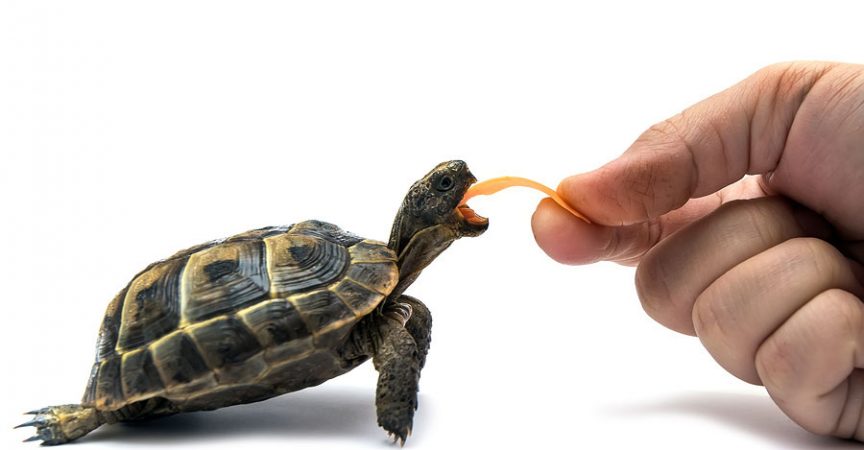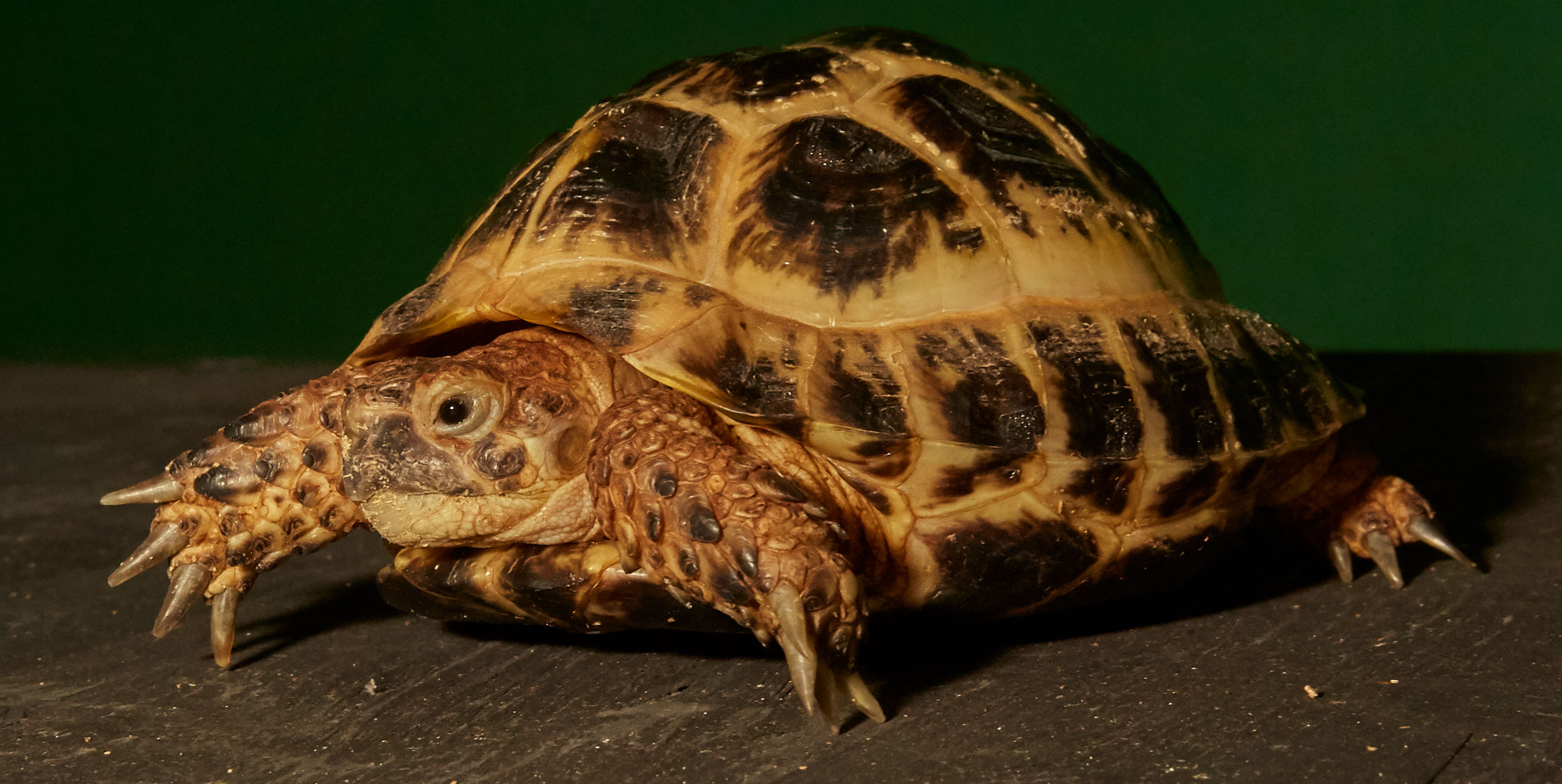
Russian Tortoise Breed – Heatlh, Basic Food, Life span & More
The Russian tortoise is a good choice as a pet tortoise. It is one of the smallest tortoises and is available legally. Space and food requirements of Russian tortoise are related t it’s the small size which is beneficial to the owner.

Contents
Common names:-
- Russian tortoise
- Afghanistan tortoise
- Steppe tortoise
- Central Asian tortoise
- Four-toed tortoise
- Horsefield’s tortoise
Life span, Size, and weight
Around 50 years in captivity. It can live up to 100 years in the wild. Size and weight. The size of Russian tortoise is 4-8 inches on average. Some can grow 8- 10 inches. An adult Russian tortoise can weigh up to 10 kilograms
Tortoise food
- these tortoises are vegetarians. They like to feed on a wide variety of tough high fiber foods. If your pet tortoise lives in outdoor enclosures, he will enjoy eating the weeds in his cage. Russian tortoises like to eat tough grasses and weeds
- Tortoise food should be very high in fiber, low in protein and rich in calcium to ensure good digestion
- Make sure the diet is varied and include many things:
- Leafy greens
- Grasses
- Calcium supplements
- Occasional supplementation with vitamins should be done under medical supervision
- Fruits should be avoided as it does not suite it metabolically due to sugar content. Feeding the tortoise on fruit will lead to diarrhea
- If you are keeping your pet tortoise outdoors, avoid oral supplementation of D3
- Animal products and fruits must be strictly avoided

Tortoise housing
Russian tortoises are very good at climbing and digging. You will have to provide a security lid on the cage to prevent escape and also to protect from predators The shelter should be dry and should allow some burrowing. This is necessary for the tortoise to maintain his body temperatures.
Outdoors
Russian tortoises are more comfortable outdoors as they have a habit of burrowing and can retreat in their burrows at night or during extreme heat. They can tolerate a wide range of temperatures but are prone to damp weather. Day time temperatures should be around 20oC with a drop at night. A shallow water dish should also be provided
Indoors
Russian tortoises do not do well indoors. The indoor enclosure should be at least 2 feet by 4 feet
- Sand and soil can be used as a substrate and should be deep enough to allow burrowing
- A basking spot at about 32-35C should be provided with a temperature gradient of about 21C
- A hide box is necessary for the indoor housing for the tortoise to hide from high temperatures
- A shallow dish of water should be provided for the tortoise. It should be large enough to allow him to soak in and shallow to prevent drowning.

Hibernation
This species of tortoise hibernates in nature. Hibernation facilitates good health and well being of the tortoise. Allow hibernation only if your Russian pet tortoise is healthy. It is very nice to have a Russian tortoise as a pet. They do not need much care and this article on Russian tortoise pet gives you information about the Russian tortoise regarding tortoise food, tortoise housing, and other related things.
